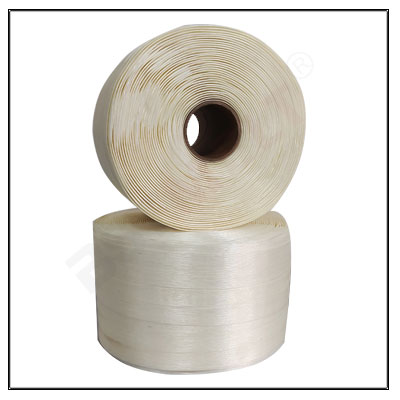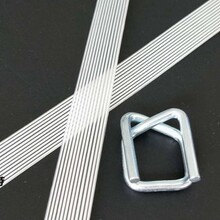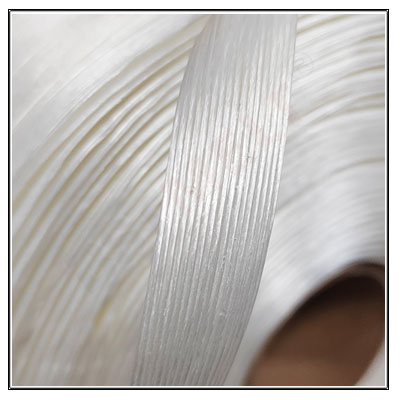Bonded Strapping Used in Waste Cardboard Compaction
Bonded Strapping Used in Waste Cardboard Compaction: A Comprehensive Guide
Introduction
Bonded strapping, also known as polypropylene strapping, has become increasingly popular in waste cardboard compaction. This article will delve into the various aspects of bonded strapping and its application in waste cardboard compaction, including its advantages, limitations, and best practices.

Advantages of Bonded Strapping in Waste Cardboard Compaction
1. Strength and Durability: Bonded strapping offers superior strength and durability compared to other materials used for cardboard compaction. This makes it ideal for compressing large volumes of waste cardboard, ensuring the final product is stable and secure.
2. Cost-Effectiveness: Bonded strapping is typically more cost-effective than alternative materials, such as steel or plastic strapping. This makes it a viable option for businesses looking to reduce their operational costs while still achieving effective cardboard compaction.
3. Environmental Friendliness: Bonded strapping is made from polypropylene, a recyclable material. This makes it a more environmentally friendly option compared to other materials used for cardboard compaction.
4. Ease of Use: Bonded strapping is easy to apply and remove, making it a user-friendly option for waste cardboard compaction. This can lead to increased productivity and reduced labor costs.

Limitations of Bonded Strapping in Waste Cardboard Compaction
1. Limited Stretch: Bonded strapping has a limited stretch capacity, which may not be suitable for all types of waste cardboard compaction applications. In some cases, alternative materials with greater stretch capacity may be required.
2. Abrasion Resistance: While bonded strapping is generally resistant to abrasion, it may not withstand extreme wear and tear in certain conditions. This can lead to premature failure and potential safety hazards.
Best Practices for Using Bonded Strapping in Waste Cardboard Compaction
1. Choose the Right Strap: Select a bonded strap with the appropriate tensile strength and elongation percentage to ensure optimal performance in your specific waste cardboard compaction application.
2. Proper Tensioning: Ensure that the bonded strapping is tensioned correctly to prevent slippage and maintain the stability of the compacted cardboard.
3. Regular Inspection: Regularly inspect bonded strapping for signs of wear and tear, and replace it as needed to maintain the safety and effectiveness of the waste cardboard compaction process.

Conclusion
Bonded strapping offers several advantages for waste cardboard compaction, including strength, durability, cost-effectiveness, and environmental friendliness. However, it is essential to consider its limitations and best practices to ensure optimal performance and safety. By understanding the intricacies of bonded strapping and its application in waste cardboard compaction, businesses can make informed decisions about the most suitable materials and techniques for their specific needs.
BSTSTRAP
Whatsapp:+86 186 5722 7862
E-mail:claire@bststrap.com





